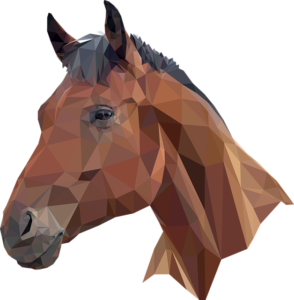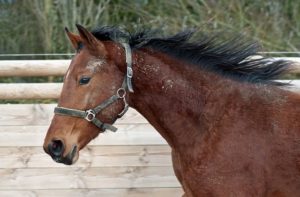How many times has J.P. McManus won the Grand National?
 Irish billionaire John Patrick ‘J.P.’ McManus is, far and away, foremost owner in National Hunt racing, with hundreds of horses in training on both sides of the Irish Sea. However, for all his pre-eminence, McManus has won the Grand National just twice, his two winners coming over a decade apart. Those winners were, of course, Don’t Push It in 2010 and Minella Times in 2021.
Irish billionaire John Patrick ‘J.P.’ McManus is, far and away, foremost owner in National Hunt racing, with hundreds of horses in training on both sides of the Irish Sea. However, for all his pre-eminence, McManus has won the Grand National just twice, his two winners coming over a decade apart. Those winners were, of course, Don’t Push It in 2010 and Minella Times in 2021.
Both Grand National victories were emotional for McManus, but for different reasons. Don’t Push It, trained by Jonjo O’Neill and ridden by Sir Anthony McCoy, was a first winner of the celebrated steeplechase for owner, trainer and jockey after many previous attempts. Minella Times, trained by Henry De Bromhead and ridden by Rachael Blackmore, was, if anything, even more notable for the fact that, in 172 previous runnings of the Grand National, the highest placing achieved by a female jockey had been third. However, the victory was tinged with sadness, coming as it did shortly after the death of Prince Philip, Duke of Edinburgh and, more pertinently, in the wake of the sudden death of McManus’ 40-year-old daughter-in-law, Emma, on New Year’s Eve while on a family holiday in Barbados.
 When she made a winning racecourse debut, as a 16-year-old amateur, in a lowly 0-65 lady riders’ handicap at Salisbury on May 5, 2013, few could have predicted that, eight years later, Hollie Doyle would be quoted at a top-priced 5/1 to win the 2021 Flat Jockeys’ Championship. However, Doyle who stands just 5′ tall and can ride at the minimum weight of 8st 0lb – hence her nickname, ‘The Pocket Rocket’ – has enjoyed a meteoric rise to the top of her profession.
When she made a winning racecourse debut, as a 16-year-old amateur, in a lowly 0-65 lady riders’ handicap at Salisbury on May 5, 2013, few could have predicted that, eight years later, Hollie Doyle would be quoted at a top-priced 5/1 to win the 2021 Flat Jockeys’ Championship. However, Doyle who stands just 5′ tall and can ride at the minimum weight of 8st 0lb – hence her nickname, ‘The Pocket Rocket’ – has enjoyed a meteoric rise to the top of her profession. Theoretically, there’s nothing to stop fillies running in the Derby, but the trend among modern trainers is to run them against their own sex, in the fillies-only Oaks, rather than against the colts, from whom they receive a 3lb allowance. Interestingly, in 2021, the Derby is worth £1,125,000 in guaranteed prize money, while the Oaks is worth just £375,000, but prize money is not the only consideration.
Theoretically, there’s nothing to stop fillies running in the Derby, but the trend among modern trainers is to run them against their own sex, in the fillies-only Oaks, rather than against the colts, from whom they receive a 3lb allowance. Interestingly, in 2021, the Derby is worth £1,125,000 in guaranteed prize money, while the Oaks is worth just £375,000, but prize money is not the only consideration. Although it has not been run over its traditionally advertised distance of 4 miles 4 furlongs since 2012, the longest horse race in Britain is still officially the Grand National at Aintree. In 2013, the National Course underwent a physical change when, in the name of safety, the position of the start of the Grand National was moved forward by approximately one hundred yards. The thinking behind the move was two-fold; in the first place, the revised start position meant that participants were further removed from the grandstands and distracting crowd noise and, in the second, reduced the distance over which horses could build up a ‘head of steam’ on the run to the first fence.
Although it has not been run over its traditionally advertised distance of 4 miles 4 furlongs since 2012, the longest horse race in Britain is still officially the Grand National at Aintree. In 2013, the National Course underwent a physical change when, in the name of safety, the position of the start of the Grand National was moved forward by approximately one hundred yards. The thinking behind the move was two-fold; in the first place, the revised start position meant that participants were further removed from the grandstands and distracting crowd noise and, in the second, reduced the distance over which horses could build up a ‘head of steam’ on the run to the first fence.